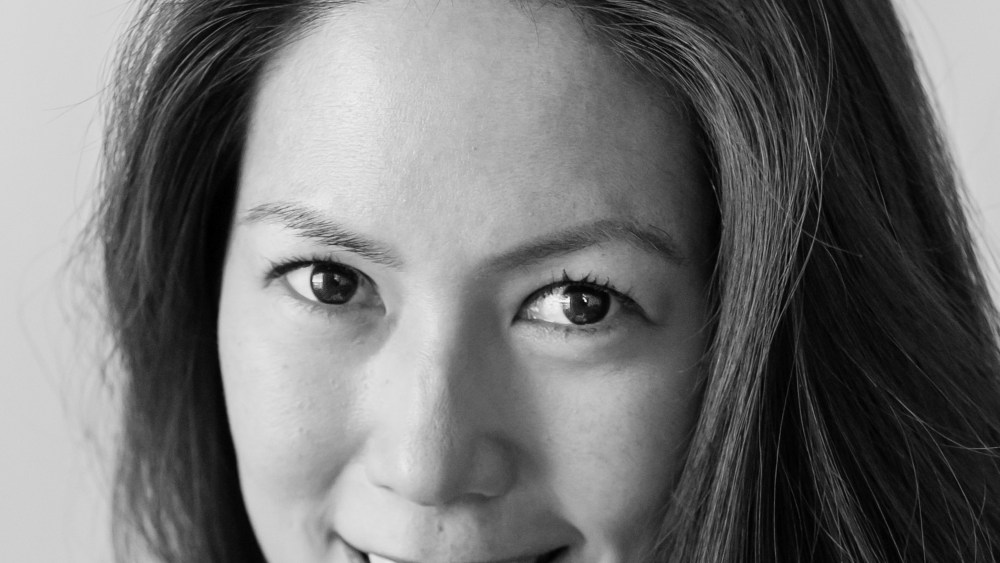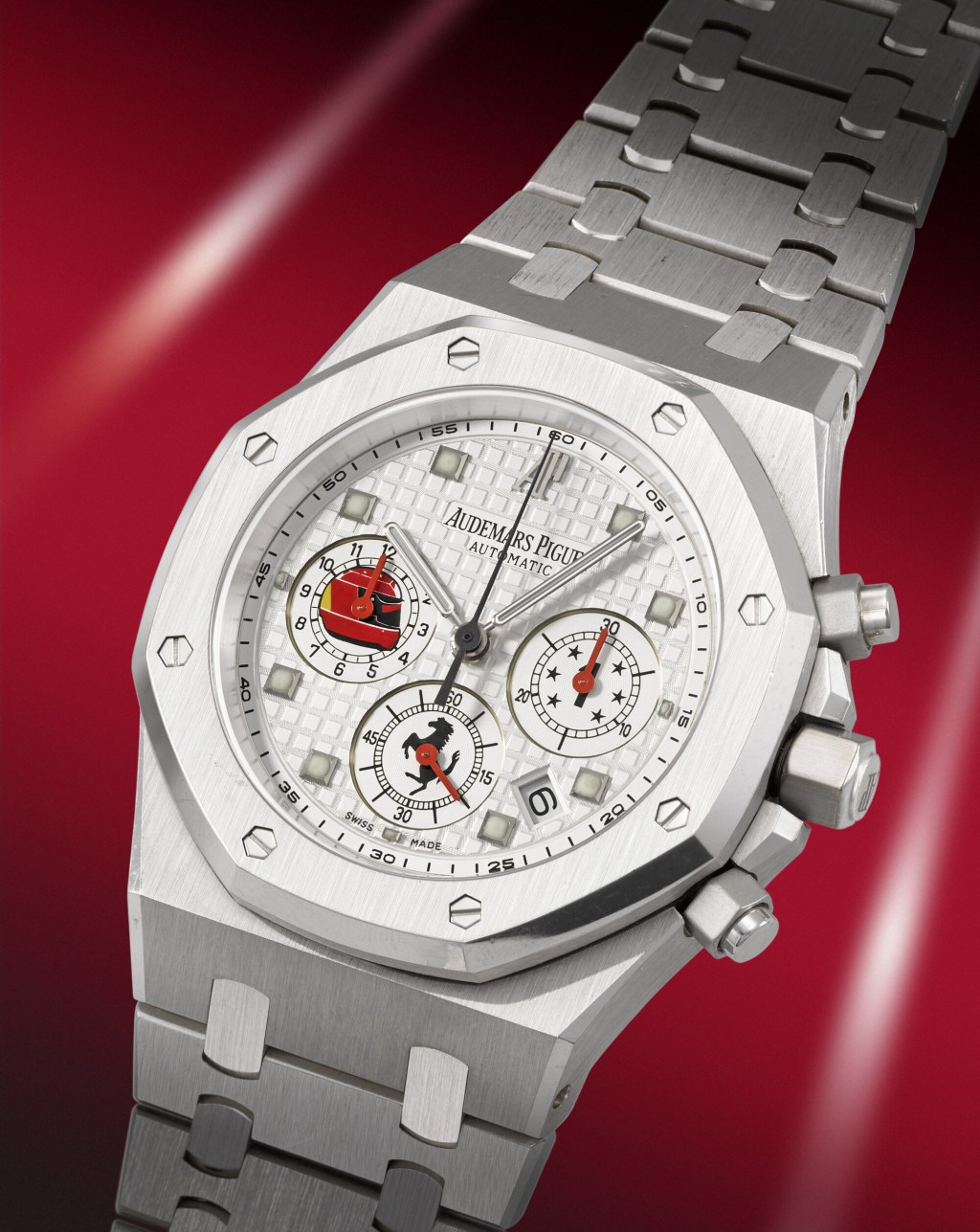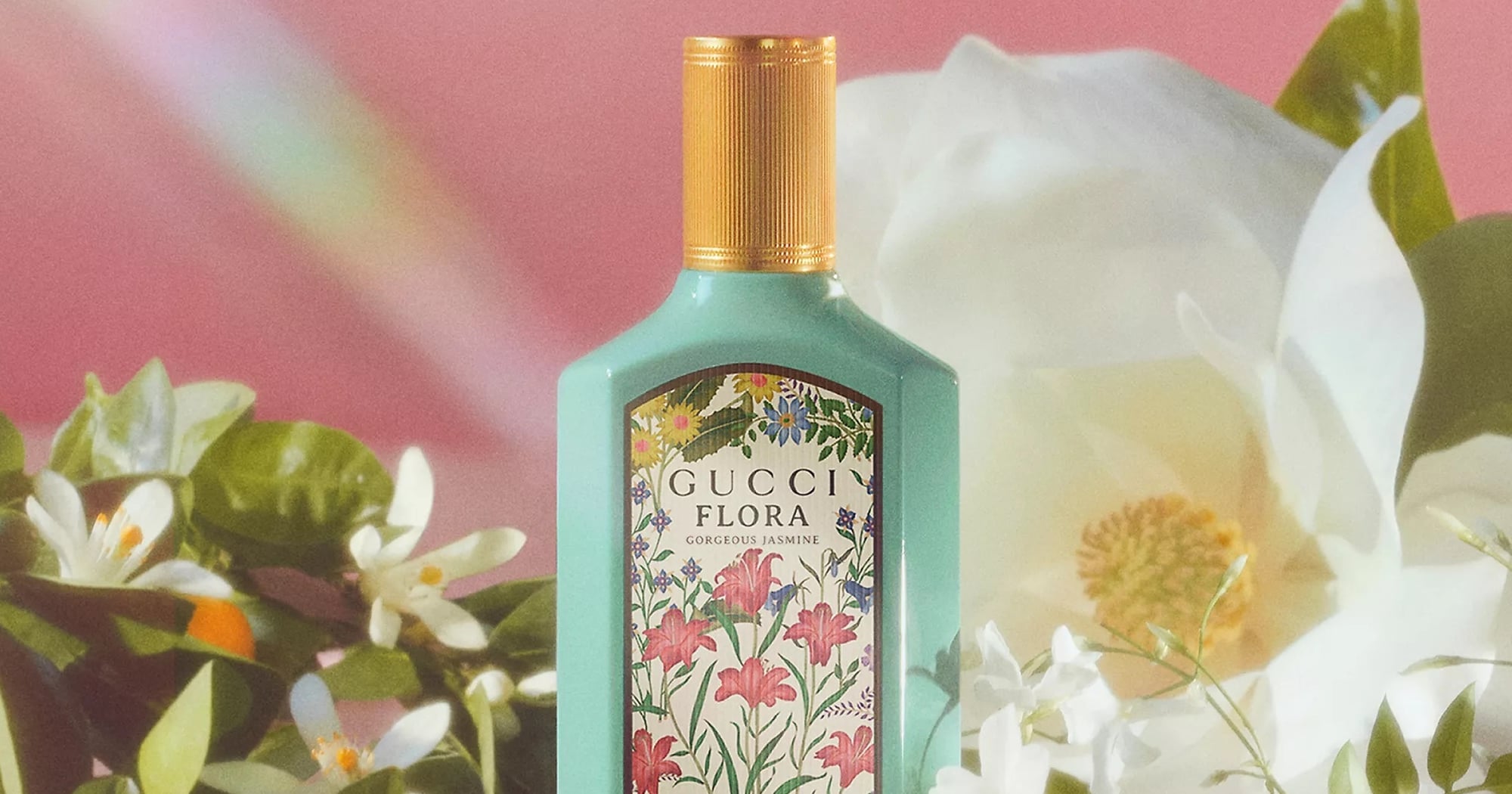
There’s something about building a big portfolio of brands that’s like catnip for the fashion C-suite.
It could be the sense of forward momentum and the promise of new opportunities. The high of winning a big deal. Or maybe it’s just a quick fix to drive sales.
As sales go higher, organizations can cut costs and operate more efficiently. Margins expand. Profits pile up. The future looks that much brighter.
Or that’s the idea.
But buying growth can be a dangerous game as one brand becomes two and then three and so on. The business case for building big houses of brands is easy to see, but the reality has been something different lately.
And the empire builders are almost all resetting, scaling back or struggling.
You May Also Like
- Coach-parent Tapestry Inc. dropped its $8.5 billion deal to buy Capri Holdings under pressure from regulators and has sworn off any other acquisitions until it gets Kate Spade back to growth. (Its smaller Stuart Weitzman business could be sold off).
- Capri is focusing on a Michael Kors turnaround while sources say Versace and Jimmy Choo are on the block.
- VF Corp. spun off Supreme as part of a far-reaching corporate reset.
- And even the luxury giant Kering is struggling to make its portfolio work with Gucci, its largest brand, down 23 percent last year.
Of course, there’s always Bernard Arnault’s LVMH Moët Hennessy Louis Vuitton holding court as the exception and sitting on a market cap of 343 billion euros.
And the Johann Rupert-led Compagnie Financière Richemont, which owns Cartier, Van Cleef & Arpels and others, has also been showing strength despite the global luxury slowdown.
But what has worked for Arnault and Rupert — who are known for zealously protecting brands and keeping operations separate — hasn’t been working for everyone else.
And maybe even the empire Arnault built will have to adjust. HBSC suggested this month that Sephora “may not prove to be a good fit” for LVMH and that the luxury giant could eventually divest the beauty business.
“We think LVMH shares would benefit from simplification,” HSBC analysts said.
There’s some alchemy to successfully owning lots of brands that are both out there hyping their images and expertly churning out their wares.
It requires a touch that is at best elusive.
The IP houses like Authentic Brands Group, WHP Global and Marquee Brands have been able to juggle the brand half of the equation and farm out the production.
But big brand houses that do it all have tended to come and go.
Twenty years ago, Liz Claiborne Inc. and Jones Apparel Group were going to divvy up the New York scene between them, but they are both long gone, split up and sold into other budding fashion empires. And does anyone else remember Pegasus, the failed attempt to snap up U.S. luxury brands and build “an American LVMH?”
“As is often the case, your strengths are your weaknesses,” said Jonathan Lazarow, a fashion attorney who previously ran an investment fund. “A couple of uniquely American concepts took hold.
“The first is that American businesses — especially publicly traded companies, but also those controlled by financial sponsors — needed to continually deliver increasing profits, quarter after quarter, year after year,” Lazarow said.
“Because delivering profits is so important and missing a season can doom a brand or set a brand back, products began to look more similar across brands,” he said. “Quality began to go down, all in the name of delivering increased margins and profits. What started as a promising concept resulted in a bunch of brands all looking the same and not delivering a great product. In turn, customers got bored.”
The feeling is similar in the C-suite.
Top management doesn’t actually get bored with their brands, but they start to see each one playing their own role. And Michael Prendergast, managing director in Alvarez & Marsal’s consumer and retail group, said companies can start accept things they probably shouldn’t.
“They allow subpar performance in the mix because it’s providing something, it’s providing potential top-line revenue, but the margin is suffering, or it’s providing capacity in the DC network, or it’s providing production scale in the sourcing of goods,” Prendergast said. “Because of that, you see some of these companies not moving quickly enough and not nimbly enough.”
Brands age, consumers change, businesses evolve and the calculus that led companies to want so many brands under one roof starts to change.
“It’s almost like a brand lifecycle curve,” Prendergast said. “You have the early adopters, then you have growth and you have post-peak, and then you have decline. You could make the argument that [brand houses have] that same type of lifecycle curve that no one really talks about.
“They go through massive growth stage, but then at some point it’s post-peak and not working, and then the model goes into decline and you have to figure out what to do,” he said. “Are you going to ride that cycle all the way down, or are you going to cut bait and start selling things off to get to a more manageable position?”
One thing is certain: For every empire that takes hold and then adjusts and fades, someone will be there to pick up the pieces.
Guess Inc., for instance, teamed up with IP specialist WHP to buy Rag & Bone last year in a brand and operating company hybrid deal. Now the retailer is looking to build more, feeling the draw of a multibrand business.
Carlos Alberini, Guess’ chief executive officer, told analysts in May that the company’s “most valuable asset is the powerful machine, this platform that we have built.”
“What started with Paul [Marciano] and his brothers’ vision for Guess, we can do with other brands, either developed internally or acquired from others,” Alberini said.
“That’s the inflection point, recognizing that this company is more than just one brand,” he said. “It is that platform. Our expansive global footprint, broad channels’ capabilities, extensive supply chain, diverse category portfolio and strong management team that’s a powerful arsenal, not easy to replicate, but so adaptable.”
And as big companies look to trim down and focus and focused companies look to go big, the fashion wheel spins around one more time.
The Bottom Line is a business analysis column written by Evan Clark, deputy managing editor, who has covered the fashion industry since 2000. It appears every other Thursday.



